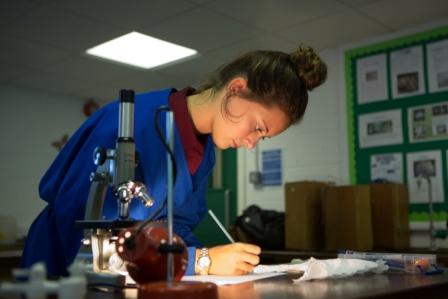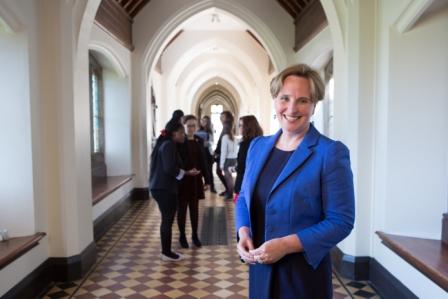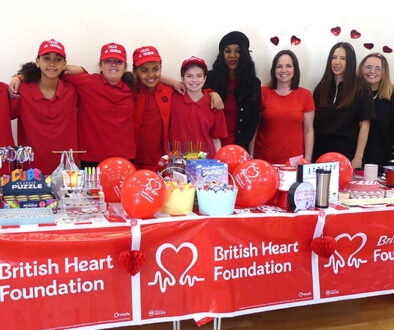Why choose Arts or Science? Why not both?
Speaking at the launch of Your Life, a campaign aiming to boost the numbers of pupils taking Physics and Maths at A Level, Education Secretary, Nicky Morgan said that pupils without a clear idea of what they want to do were traditionally steered towards arts and humanities because they were considered more generally useful.
She continued, “We now know that this couldn’t be further from the truth. That the subjects to keep young people’s options open are STEM subjects – Science, Technology, Engineering and Maths.”
Antonia Beary, Headmistress of St Leonards-Mayfield School, argues that humanities and sciences do not have to be mutually exclusive.

“At Mayfield, we take the view that students can study Science and Maths and still be creative. There is no debate about the importance of creativity in a good and rounded education; it is an intrinsic part of our provision at Mayfield and undoubtedly contributes to the girls’ academic success, whether they are expressing their creativity by studying a combination of arts and sciences, or whether they express their creativity through extra-curricular activities.
Mayfield bases its principles of education on the philosophy of its foundress, Mother Cornelia Connelly, a nineteenth century educational pioneer who firmly believed that Art, Drama and Music was just as important for the development of the mind as English, Maths and Science.
At Mayfield we believe that each individual pupil should choose their own path, and we go out of our way to accommodate unusual subject combinations, which often complement each other in unexpected ways. We have a number of girls who choose to study combinations such as Chemistry, Ceramics and French for example. They may go on to study science at university, or to become a sculptor: each pupil should have the opportunity to follow their passion and be encouraged to see the links between, rather than compartmentalise and ‘pigeon-hole’ subjects.
Mrs Morgan also raised the issue of the importance of encouraging girls to study STEM subjects, challenging the traditional but outdated stance that certain subjects are ‘the preserve of men’.
One of the benefits of a single-sex education is that there is no gender stereotyping, and therefore girls are free to pursue whichever subjects they choose. At Mayfield, this is exemplified by the increasing number of students taking – and excelling in – STEM subjects at A Level. In 2014 half of the Year 13 girls taking Mathematics were awarded A* with 80% also attaining A* in Further Mathematics. 75% of Physics grades were A*. They do so while retaining an active involvement in Music, Dance, Drama and the creative arts.
Six of our pupils have taken up places to read STEM subjects at Cambridge University this year, with a number going on to study STEM subjects at other leading universities.
The outstanding academic performance of Mayfield girls is, in part at least, due to the freedom to choose Science, Arts or a combination of the two, balanced by a healthy involvement in creative activities inside and outside the classroom. Yet, success is not measured by examination results alone. It is important to remember that as a result of this grounding, each of our girls is an interesting rounded individual and we are immensely proud of them.”
Headmistress Antonia Beary believes that students can study Science and Maths and still be creative.




